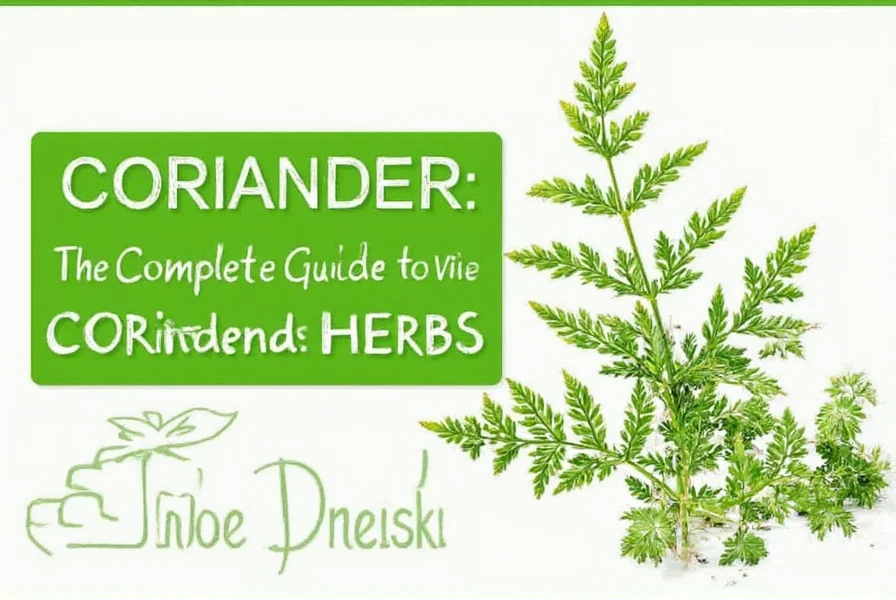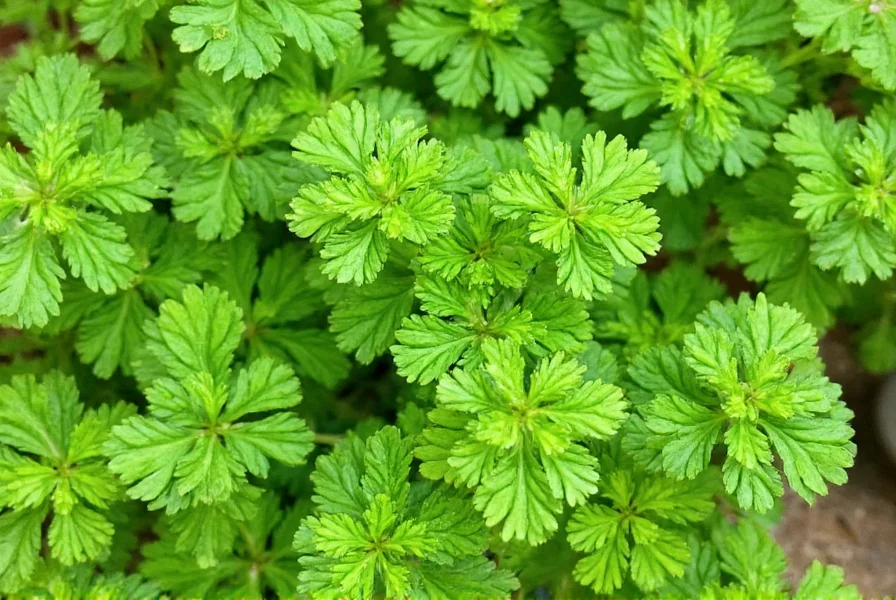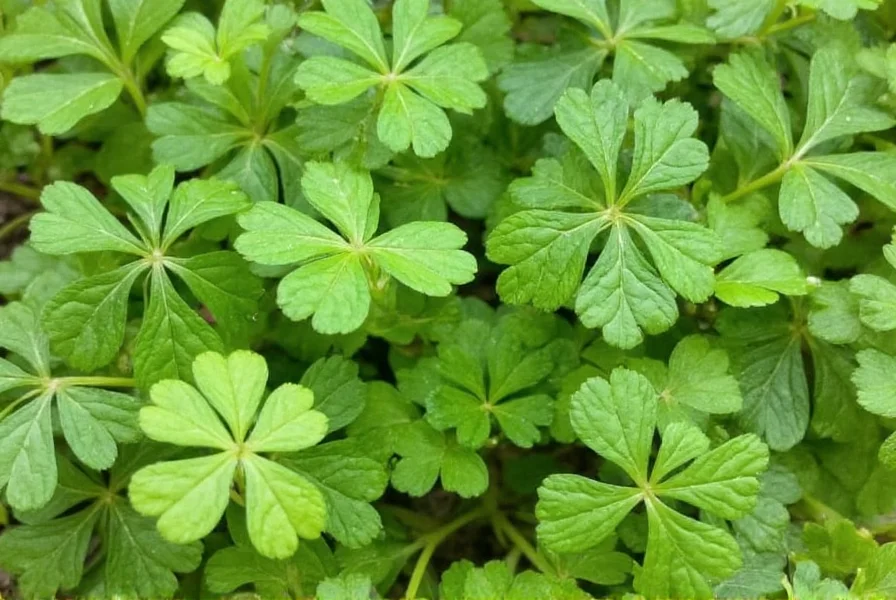Coriander refers to the entire Coriandrum sativum plant, with its fresh leaves known as cilantro in North America and coriander leaves elsewhere, while its dried seeds are universally called coriander seeds. This annual herb belongs to the Apiaceae family and has been used globally for culinary and medicinal purposes for over 5,000 years.
Understanding what coriander is requires clarifying a common point of confusion that trips up many home cooks and food enthusiasts. The term "coriander" actually describes the whole plant, but regional terminology differences create understandable confusion. In the United States and Canada, the fresh leaves and stems are called "cilantro," while the dried seeds are referred to as "coriander." However, in the UK, Australia, India, and most other English-speaking countries, both the fresh leaves and dried seeds are called "coriander."
This botanical clarification is essential when following international recipes or shopping for ingredients. The plant produces two distinctly different flavor profiles from its various parts, making it one of the most versatile herbs in global cuisine.
Botanical Background and History
Coriander (Coriandrum sativum) is an annual herb that grows to about 50 cm tall with slender stems, triangular leaves, and small white or pink flowers that develop into spherical seeds. Archaeological evidence shows coriander was used as far back as 5,000 BC in the Indus Valley civilization and was found in Egyptian tombs dating to 960 BC.
The word "coriander" comes from the Greek "koris," meaning bedbug, likely referring to the unripe seeds' pungent odor. Despite this unappetizing origin, coriander has become one of the world's most widely used culinary herbs and spices, with cultivation spanning from Morocco to China.
Understanding the Different Parts of the Coriander Plant
What many people don't realize when asking what is coriander is that different parts of the plant serve completely different culinary purposes:
| Plant Part | Common Name | Flavor Profile | Primary Uses |
|---|---|---|---|
| Leaves & Stems | Cilantro (North America), Coriander leaves (elsewhere) | Fresh, citrusy, sometimes described as soapy (to those with OR6A2 gene) | Salsas, curries, garnishes, chutneys |
| Seeds | Coriander seeds (worldwide) | Warm, nutty, slightly citrus with floral notes | Curry powders, pickling, baking, spice blends |
| Roots | Coriander roots | Stronger, earthier version of leaf flavor | Thai curry pastes, soups, marinades |
Regional Terminology Differences Explained
The confusion around what is coriander versus cilantro stems primarily from regional language differences:
- United States & Canada: "Cilantro" = leaves/stems; "Coriander" = seeds
- United Kingdom, Australia, India, South Africa: "Coriander" = both leaves and seeds (sometimes "coriander leaves" or "fresh coriander" for clarity)
- Spain & Latin America: "Cilantro" = leaves; "Coriandros" or "granos de coriandro" = seeds
This terminology difference explains why many American cooks become confused when following British recipes that simply call for "coriander" without specifying whether they mean the fresh herb or ground spice.
Culinary Applications Around the World
Coriander's versatility makes it a staple in numerous global cuisines:
In Mexican cuisine, fresh cilantro is essential in salsas, guacamole, and as a garnish for tacos and soups. The seeds appear in mole sauces and spice blends. Indian cuisine uses both fresh coriander leaves in chutneys and curries, while roasted coriander seeds form the base of many curry powders and garam masala.
Thai cooking relies heavily on fresh coriander roots (often pounded into curry pastes), leaves for garnish, and seeds in certain spice blends. Middle Eastern dishes feature fresh coriander in salads like tabbouleh and in various dips, while the seeds appear in baharat spice mixtures.

Flavor Chemistry and Taste Perception
Scientifically, the distinctive flavor of fresh coriander leaves comes from aldehydes, organic compounds also found in soap and some insects. Approximately 4-21% of the population carries a genetic variation (OR6A2 gene) that makes them perceive these aldehydes as soapy rather than citrusy.
Coriander seeds, by contrast, contain linalool (also found in lavender) and pinene, giving them their warm, nutty, slightly citrus flavor. When toasted, the seeds develop deeper, more complex notes as chemical compounds transform through the Maillard reaction.
Nutritional Benefits and Medicinal Uses
Both parts of the coriander plant offer notable health benefits. Fresh coriander leaves are rich in vitamins A, C, and K, along with antioxidants like quercetin and kaempferol. The seeds contain significant amounts of dietary fiber, iron, magnesium, and manganese.
Traditional medicine systems have used coriander for centuries. Ayurvedic practitioners recommend it for digestive issues, while traditional Chinese medicine uses it to treat fever and pain. Modern research suggests coriander may help lower blood sugar, reduce inflammation, and exhibit antimicrobial properties.
Cultivation and Harvesting Practices
Coriander grows best in cool weather and full sun, reaching maturity in 45-70 days. The plant bolts (goes to seed) quickly in hot weather, which is why many gardeners plant successive crops. For leaf production, harvest outer leaves when plants are 15-20 cm tall. For seed production, allow flowers to develop into seeds, which turn from green to beige when mature.
Commercially, India is the world's largest producer and consumer of coriander, followed by Morocco, Canada, and Russia. Most coriander seeds sold globally come from Morocco and Canada, while fresh coriander production is more localized due to the herb's short shelf life.

Substitutes When Coriander Isn't Available
When you're wondering what to use instead of coriander, consider these alternatives:
- For fresh coriander leaves: Parsley (milder flavor), culantro (stronger, more persistent flavor), or a combination of basil and mint
- For coriander seeds: Cumin (different flavor but similar earthiness), caraway (more intense), or a pinch of cardamom with a touch of fennel seed
Keep in mind that no substitute perfectly replicates coriander's unique flavor profile, which is why understanding what is coriander helps you make more informed substitutions based on which aspect of its flavor you're trying to replicate.
Storage Tips for Maximum Freshness
Proper storage significantly extends coriander's shelf life. For fresh leaves, trim stems and place in a glass of water (like flowers), covering loosely with a plastic bag in the refrigerator. Change water every two days. Alternatively, chop leaves and freeze in ice cube trays with water or oil.
Coriander seeds maintain their flavor best when stored whole in an airtight container away from light and heat. Ground coriander loses potency quickly—ideally, toast and grind seeds just before use for maximum flavor impact in your dishes.
Frequently Asked Questions
Is coriander the same as cilantro?
Coriander and cilantro come from the same plant (Coriandrum sativum), but refer to different parts. In North America, 'cilantro' refers to the fresh leaves and stems, while 'coriander' refers to the dried seeds. In most other English-speaking countries, both are called 'coriander.'
Why does coriander taste like soap to some people?
Approximately 4-21% of people have a genetic variation (OR6A2 gene) that makes them perceive certain aldehydes in fresh coriander as soapy rather than citrusy. This is an inherited trait that affects how the brain processes the herb's chemical compounds.
Can I substitute dried coriander for fresh coriander?
Dried and fresh coriander have very different flavor profiles and aren't direct substitutes. As a general rule, 1 tablespoon fresh chopped coriander equals 1 teaspoon dried coriander leaves (rarely available). For seeds, 1 teaspoon whole seeds equals ¾ teaspoon ground coriander.
What are the health benefits of coriander?
Coriander provides vitamins A, C, and K in its leaf form, while seeds offer dietary fiber, iron, and manganese. Research suggests potential benefits for blood sugar regulation, inflammation reduction, and antimicrobial effects. Both parts contain antioxidants that may contribute to overall health.
How do I grow coriander at home?
Coriander grows best in cool weather with full sun. Plant seeds 6mm deep, 10-15cm apart. Keep soil moist but not waterlogged. Harvest leaves when plants are 15-20cm tall. For seeds, allow plants to flower and mature. Note that coriander bolts quickly in heat, so succession planting is recommended.











 浙公网安备
33010002000092号
浙公网安备
33010002000092号 浙B2-20120091-4
浙B2-20120091-4